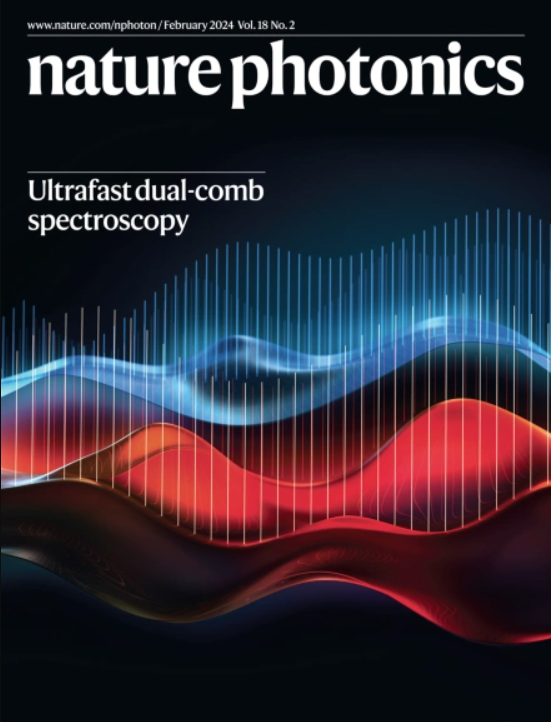图像引导的计算全息波前整形
IF 32.3
1区 物理与天体物理
Q1 OPTICS
引用次数: 0
摘要
通过散射介质进行光学成像在从显微镜到自动驾驶汽车等多个领域都非常重要。尽管先进的波前整形技术在过去十年中取得了一些突破,但目前的技术仍然需要已知的导星和高分辨率空间光调制器或大量的测量,而且校正视野有限。在这里,我们介绍一种无需导星的非侵入式方法,只需使用 25 个非相干复合、全息测量的散射光场,就能校正 190,000 多种散射模式,这些散射光场是在未知的随机光照下获得的。这是通过计算模拟图像引导的波前整形实验实现的,在该实验中,多个虚拟空间光调制器同时进行优化,以最大限度地提高重建图像的质量。我们的方法利用最先进的自动微分工具,将物理硬件的负担转移到数字化、自然可并行的计算优化上。我们将这一框架应用于各种复杂样本和成像模式的成像,包括外延照明、高散射层的异平面多共轭校正、多芯光纤中的无镜头内窥镜和声光层析成像,从而展示了这一框架的灵活性和通用性。所提出的方法具有很高的通用性、有效性和通用性,可在各种应用中实现快速、无创成像。本文章由计算机程序翻译,如有差异,请以英文原文为准。


Image-guided computational holographic wavefront shaping
Optical imaging through scattering media is important in a variety of fields ranging from microscopy to autonomous vehicles. Although advanced wavefront shaping techniques have offered several breakthroughs in the past decade, current techniques still require a known guide star and a high-resolution spatial light modulator or a very large number of measurements and are limited in their correction field of view. Here we introduce a guide-star-free, non-invasive approach that can correct more than 190,000 scattered modes using only 25 incoherently compounded, holographically measured, scattered light fields, obtained under unknown random illuminations. This is achieved by computationally emulating an image-guided wavefront shaping experiment, where several virtual spatial light modulators are simultaneously optimized to maximize the reconstructed image quality. Our method shifts the burden from the physical hardware to a digital, naturally parallelizable computational optimization, leveraging state-of-the-art automatic differentiation tools. We demonstrate the flexibility and generality of this framework by applying it to imaging through various complex samples and imaging modalities, including epi-illumination, anisoplanatic multi-conjugate correction of highly scattering layers, lensless endoscopy in multicore fibres and acousto-optic tomography. The presented approach offers high versatility, effectiveness and generality for fast, non-invasive imaging in diverse applications. Guide-star-free imaging through turbid media is achieved by computational back-projection and averaging of as few as 25 holographically measured scattered fields under a random unknown illumination.
求助全文
通过发布文献求助,成功后即可免费获取论文全文。
去求助
来源期刊

Nature Photonics
物理-光学
CiteScore
54.20
自引率
1.70%
发文量
158
审稿时长
12 months
期刊介绍:
Nature Photonics is a monthly journal dedicated to the scientific study and application of light, known as Photonics. It publishes top-quality, peer-reviewed research across all areas of light generation, manipulation, and detection.
The journal encompasses research into the fundamental properties of light and its interactions with matter, as well as the latest developments in optoelectronic devices and emerging photonics applications. Topics covered include lasers, LEDs, imaging, detectors, optoelectronic devices, quantum optics, biophotonics, optical data storage, spectroscopy, fiber optics, solar energy, displays, terahertz technology, nonlinear optics, plasmonics, nanophotonics, and X-rays.
In addition to research papers and review articles summarizing scientific findings in optoelectronics, Nature Photonics also features News and Views pieces and research highlights. It uniquely includes articles on the business aspects of the industry, such as technology commercialization and market analysis, offering a comprehensive perspective on the field.
 求助内容:
求助内容: 应助结果提醒方式:
应助结果提醒方式:


